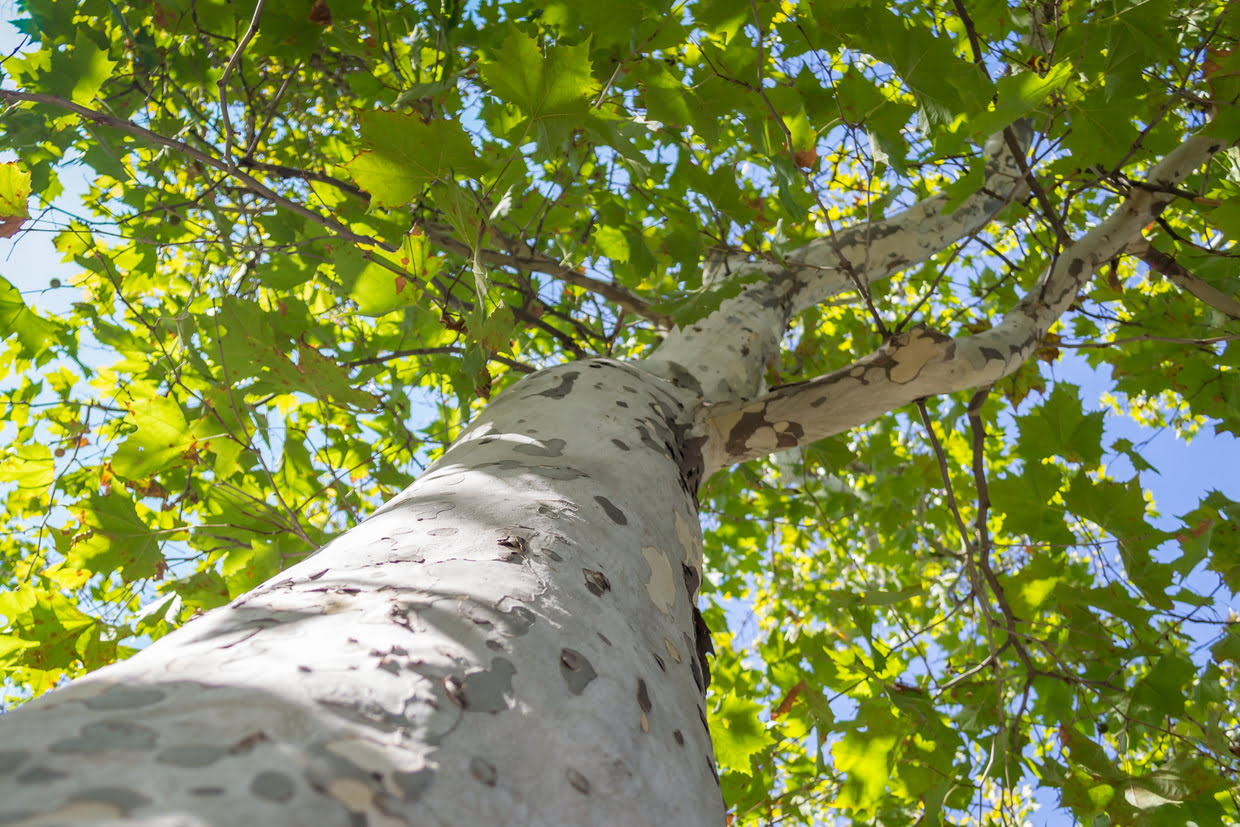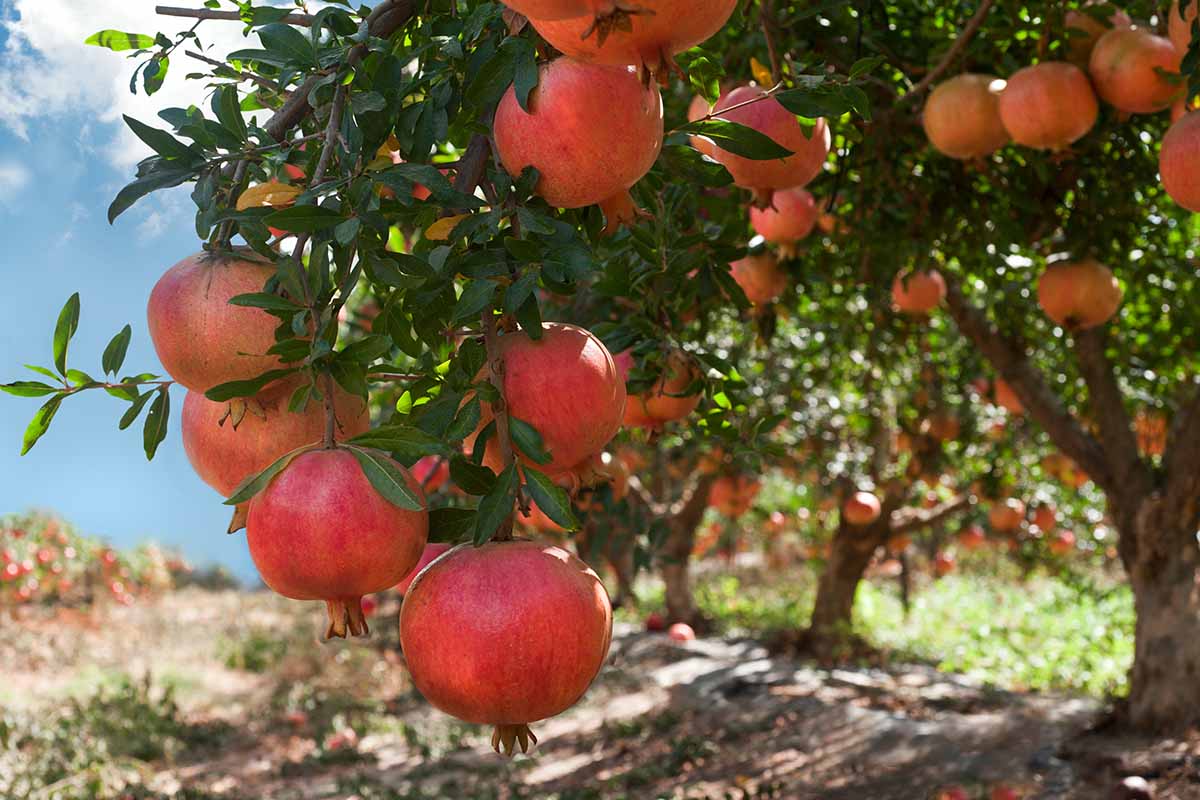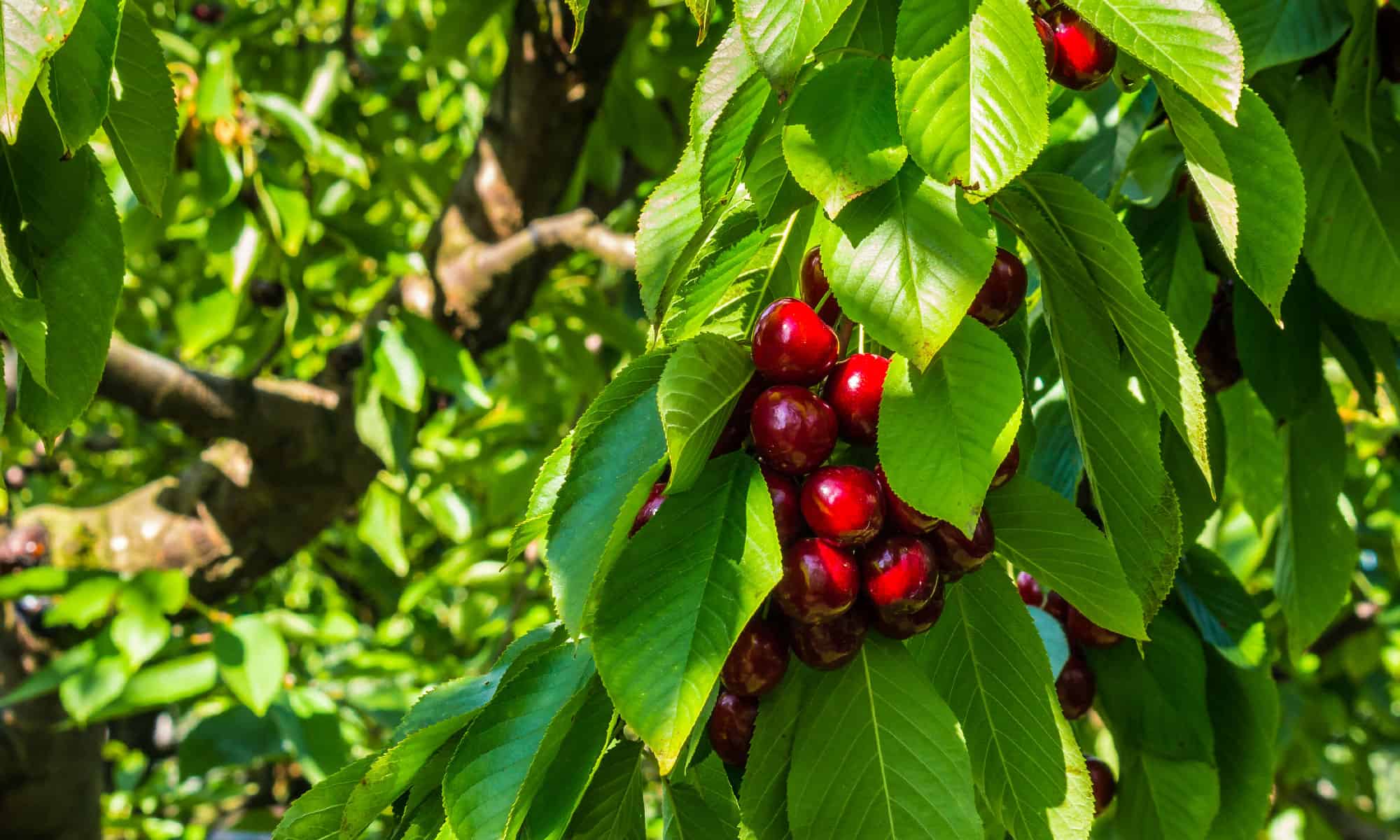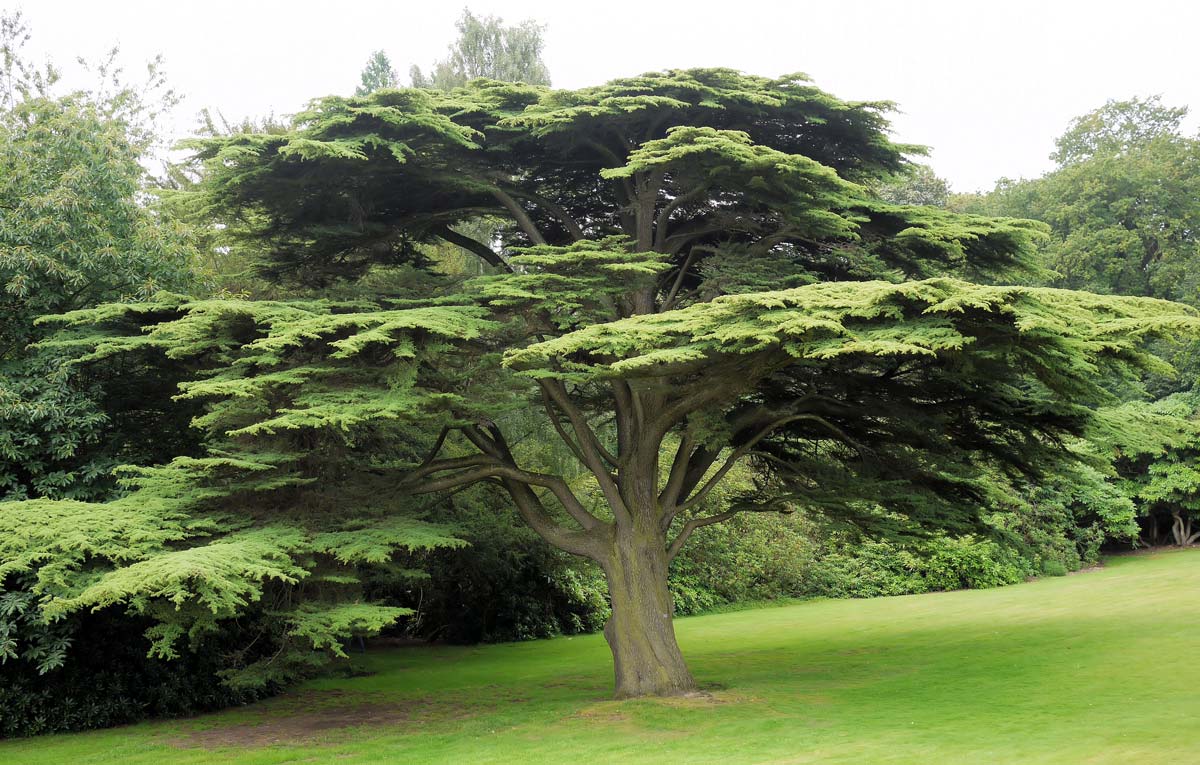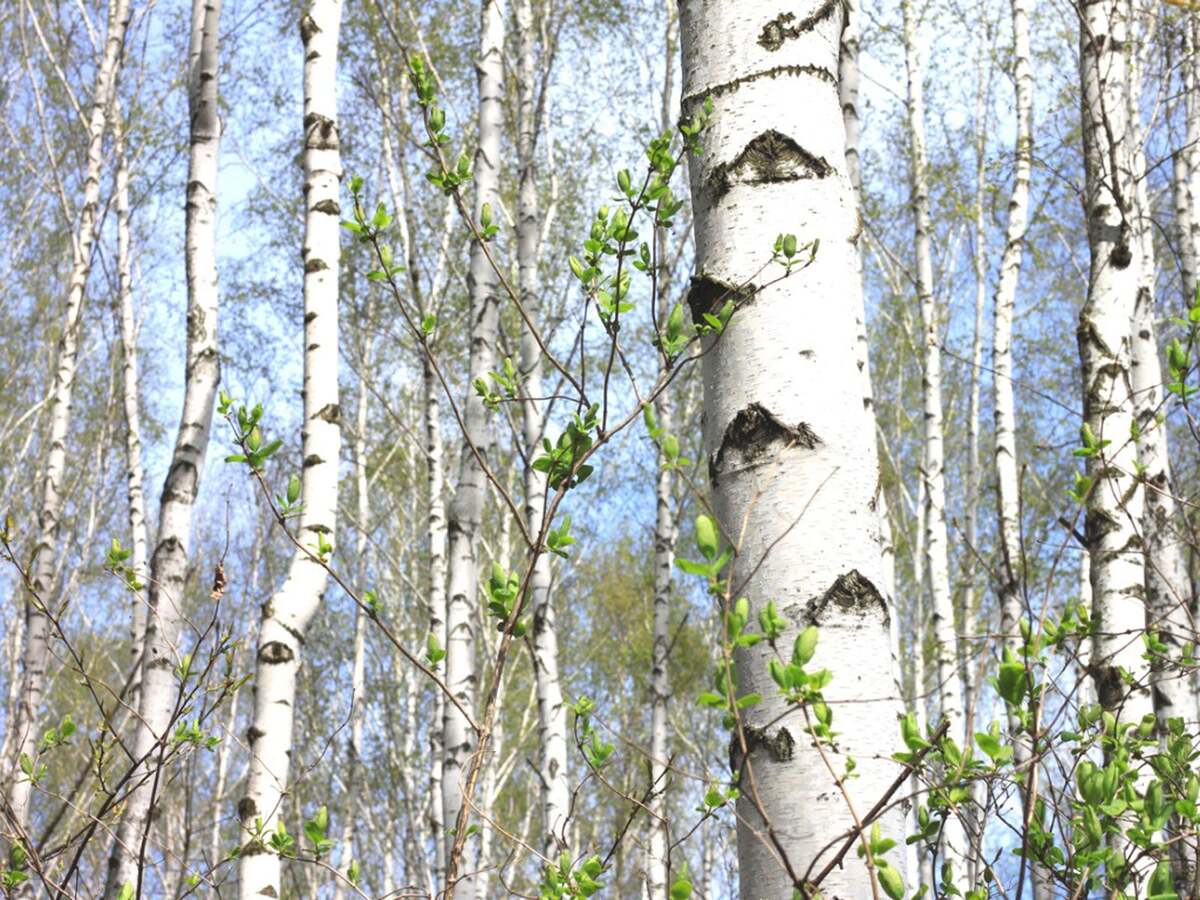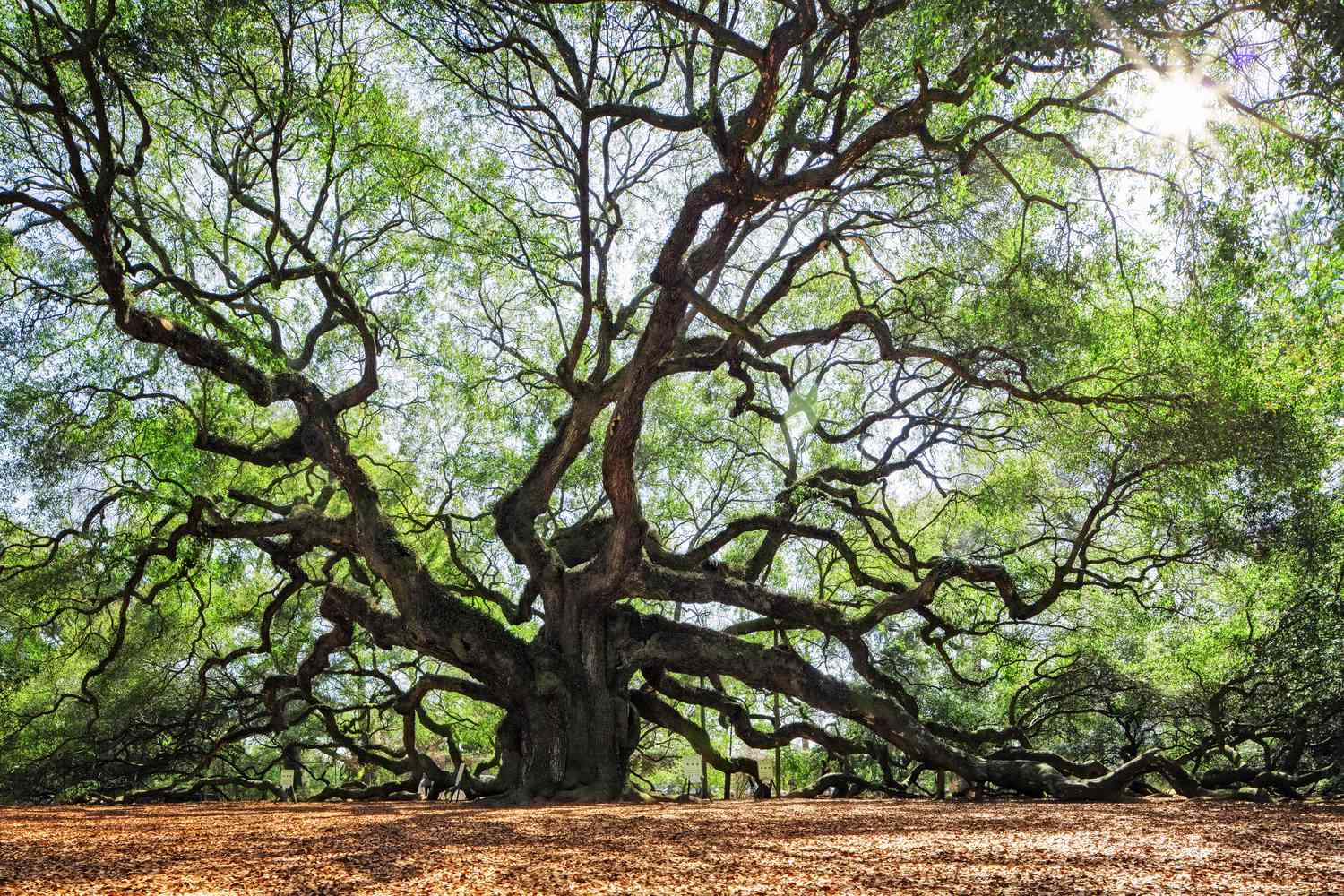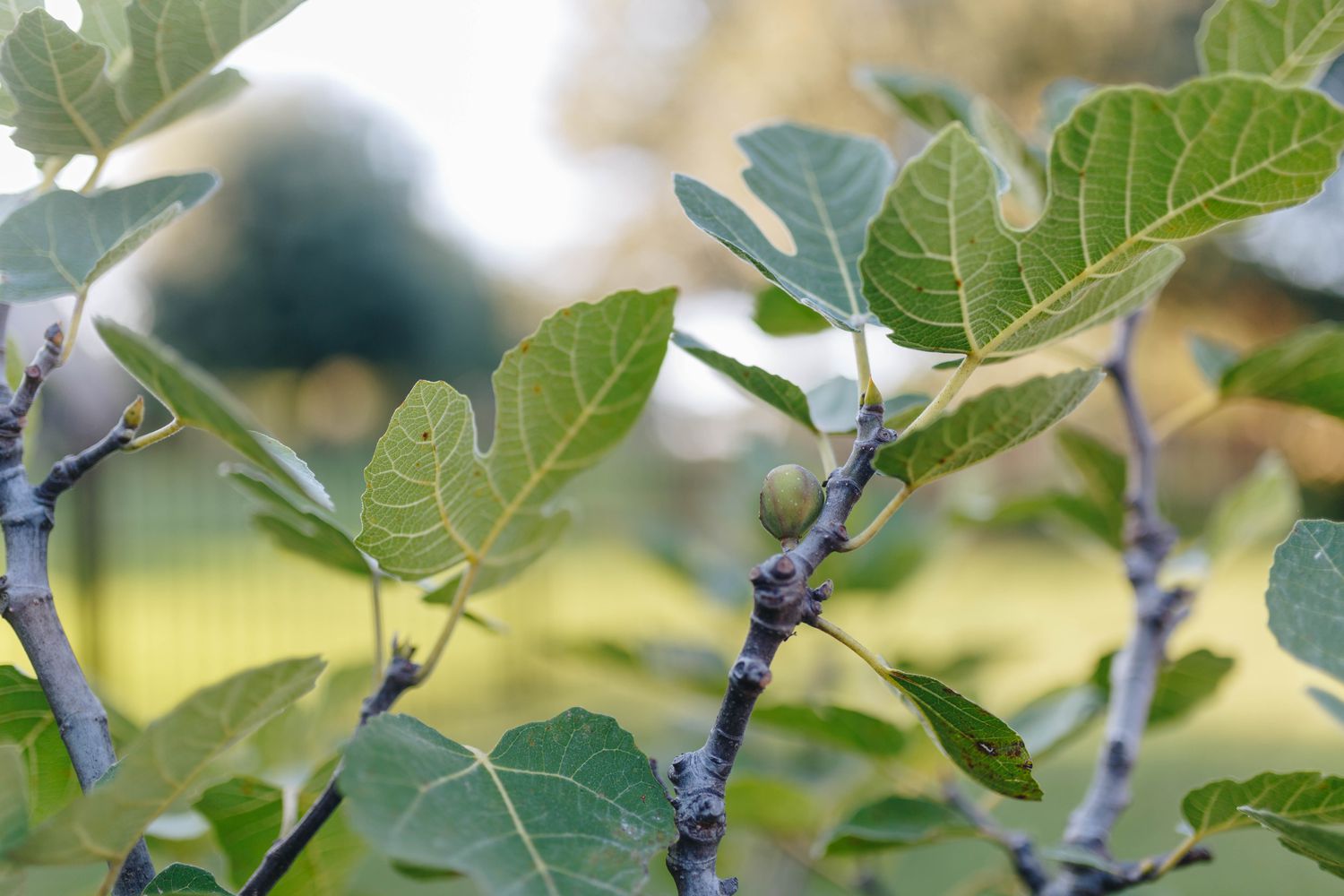Home>Gardening Techniques>Plant Care>How Tall Do Cherry Trees Get


Plant Care
How Tall Do Cherry Trees Get
Modified: January 22, 2024
Learn about cherry tree plant care and find out how tall cherry trees can grow. Discover tips for pruning and maintenance to help your cherry trees thrive.
(Many of the links in this article redirect to a specific reviewed product. Your purchase of these products through affiliate links helps to generate commission for Chicagolandgardening.com, at no extra cost. Learn more)
Table of Contents
Introduction
Welcome to the fascinating world of cherry trees! These beautiful and ornamental trees are not only a delightful addition to any landscape, but they also bear delicious fruit. When it comes to cherry trees, a common question that many people have is how tall they can grow. The height of a cherry tree depends on various factors, including the specific type of cherry tree and the growing conditions it experiences.
In this article, we will explore the different types of cherry trees, discuss the factors that influence their height, and provide insights into the average height you can expect for most cherry tree varieties. Additionally, we will delve into the realm of dwarf cherry trees and share tips on caring for tall cherry trees. So, let’s dive in and discover the height potential of these captivating trees!
Cherry trees belong to the Prunus genus and are categorized into different species and cultivars. Some of the popular types of cherry trees include sweet cherry (Prunus avium), sour cherry (Prunus cerasus), and flowering cherry (Prunus serrulata). Each type has its unique characteristics, growth habit, and height potential.
Now, let’s move on to explore the various factors that can influence the height of cherry trees. By understanding these factors, you will gain valuable insights into how to optimize the growth and height of your cherry trees.
The Different Types of Cherry Trees
Cherry trees come in a wide array of varieties, each with its unique characteristics and growth patterns. Here are some of the most commonly found types of cherry trees:
- Sweet Cherry Trees: Sweet cherry trees, also known as Prunus avium, are primarily cultivated for their delicious fruits. These trees can reach an average height of 30 to 40 feet (9 to 12 meters) when fully mature. Some popular sweet cherry cultivars include Bing, Rainier, and Stella. These trees produce large, juicy cherries that are enjoyed fresh, in desserts, or for canning and preserving.
- Sour Cherry Trees: Sour cherries, or Prunus cerasus, are smaller in size compared to sweet cherry trees. They typically grow to a height of 20 to 30 feet (6 to 9 meters). Sour cherries have a tangy flavor and are commonly used in pies, jams, and other culinary creations. Popular sour cherry varieties include Montmorency and Morello.
- Flowering Cherry Trees: As the name suggests, flowering cherry trees, or Prunus serrulata, are primarily cultivated for their stunning blossoms rather than their fruit. These ornamental trees come in various forms and sizes, with some species reaching a height of 25 to 35 feet (7 to 10 meters). The Yoshino cherry tree, with its delicate pink-white flowers, is a beloved flowering cherry variety often seen in parks and gardens.
- Dwarf Cherry Trees: For those with limited space or who prefer smaller trees, dwarf cherry trees are an excellent option. These compact-sized cherry trees are grown by grafting cherry cultivars onto dwarfing rootstocks. Dwarf cherry trees typically reach a height of 6 to 10 feet (1.8 to 3 meters), making them suitable for small gardens, container planting, or even indoor cultivation. Dwarf Bing and Compact Stella are popular dwarf cherry tree varieties.
These are just a few examples of the diverse types of cherry trees available. Each type brings its own unique characteristics, whether it’s the luscious fruits, the stunning blossoms, or the compact size for smaller settings. By choosing the right cherry tree variety, you can create a beautiful and fruitful addition to your garden or landscape.
Factors That Influence Cherry Tree Height
Several factors contribute to the height that cherry trees can achieve. Understanding these factors can help you make informed decisions when planting and caring for cherry trees. Here are the key factors that influence cherry tree height:
- Variety and Genetics: The genetic makeup of a cherry tree plays a significant role in determining its ultimate height. Different cherry tree varieties have varying growth habits and potential heights. Some varieties are naturally taller, while others are shorter or have a dwarfing characteristic. When selecting a cherry tree, consider the specific variety and its expected height range.
- Growth Conditions: The environment in which a cherry tree grows directly impacts its growth and height. Factors such as soil quality, sunlight exposure, temperature, and moisture levels can influence the tree’s development. Cherry trees thrive in well-draining soil with a pH level between 6.0 and 6.8. They require full sun exposure for at least six hours a day to promote optimal growth.
- Pruning and Training: Proper pruning and training techniques can positively influence the height and shape of cherry trees. Regular and strategic pruning helps to maintain tree health, remove dead or diseased branches, and promote better fruit production. Pruning can also control the overall size and shape of the tree, limiting excessive growth and keeping it more manageable in height.
- Rootstock Selection: If you plan to grow a dwarf or semi-dwarf cherry tree, the choice of rootstock is crucial. Different rootstocks can impart certain growth characteristics to the cherry tree, including its final height. By selecting the appropriate rootstock, you can control the tree’s height and ensure it remains at a desired size suitable for your landscape or container planting.
- Age and Maturity: As with most trees, cherry trees tend to grow taller as they age and reach maturity. Young cherry trees may start with a relatively smaller height, but they can gradually increase in size over the years. Providing proper care and maintenance throughout the tree’s lifespan can help it reach its full height potential.
By considering these factors and managing them effectively, you can maximize the growth and height of your cherry trees. Proper selection of cherry tree variety, maintaining optimal growth conditions, pruning and training as needed, choosing appropriate rootstocks, and allowing the tree to mature will contribute to the desired height you wish to achieve.
Average Height of Cherry Trees
The average height of cherry trees can vary depending on the specific variety, growing conditions, and cultural practices. While cherry trees have the potential to reach different heights, here are some approximate average heights for common cherry tree types:
- Sweet Cherry Trees: Sweet cherry trees, such as the popular Bing variety, typically reach a height range of 30 to 40 feet (9 to 12 meters) when fully mature. However, some sweet cherry cultivars, like the Stella variety, may have a slightly smaller height, averaging around 20 to 30 feet (6 to 9 meters).
- Sour Cherry Trees: The average height of sour cherry trees, such as the Montmorency variety, tends to be slightly smaller compared to sweet cherry trees. Sour cherry trees typically reach a height range of 20 to 30 feet (6 to 9 meters) when fully mature.
- Flowering Cherry Trees: Flowering cherry trees, prized for their stunning blossoms, can reach an average height of 25 to 35 feet (7 to 10 meters). However, there are smaller varieties available that stay around 15 to 20 feet (4.5 to 6 meters) in height, making them suitable for smaller landscapes.
- Dwarf Cherry Trees: Dwarf cherry trees are specifically bred to have a compact size, making them ideal for small gardens, container planting, or indoor cultivation. These trees typically reach an average height of 6 to 10 feet (1.8 to 3 meters), allowing for easy maintenance and harvesting.
It’s important to note that these height ranges are approximations, and individual cherry trees may vary slightly. Additionally, proper care, including adequate sunlight, soil nutrients, and pruning, can influence the height and overall growth of cherry trees.
When planning your landscape or garden, consider the final height of the cherry tree variety you choose to ensure it fits well within the available space and complements other plants and structures. Regular monitoring and pruning can also help maintain the desired height and shape of your cherry trees.
Now that we’ve explored the average height of different cherry tree types, let’s take a closer look at dwarf cherry trees and how to care for tall cherry trees.
Understanding Dwarf Cherry Trees
Dwarf cherry trees are a popular choice for those with limited space, such as small gardens, urban settings, or individuals who prefer smaller-sized trees. These compact trees are created by grafting cherry cultivars onto specialized rootstocks that have a dwarfing characteristic. Here’s what you need to know about dwarf cherry trees:
Growth and Size: Dwarf cherry trees are specifically bred to have a smaller size compared to standard cherry tree varieties. They typically reach a height of 6 to 10 feet (1.8 to 3 meters) when fully mature. Their compact nature makes them suitable for container planting, allowing you to enjoy fresh cherries even in limited spaces like balconies or patios. Additionally, their smaller size simplifies maintenance tasks such as pruning and harvesting.
Advantages of Dwarf Cherry Trees: Dwarf cherry trees offer several advantages beyond their reduced size. First, they tend to bear fruit at an earlier age compared to standard-sized cherry trees. This means you can enjoy delicious cherries sooner after planting. Second, the smaller stature of dwarf cherry trees also makes them less susceptible to wind damage. Finally, their compact growth habit makes them easier to protect from pests and diseases and allows for more efficient cultivation in smaller spaces.
Choosing Dwarf Cherry Tree Varieties: There are various dwarf cherry tree varieties available to suit different preferences. Popular cultivars include dwarf versions of the Bing cherry, such as ‘Compact Stella,’ which produces sweet and juicy cherries in a smaller package. ‘North Star’ is another sought-after dwarf cherry tree known for its tart cherries, ideal for pies and preserves. It’s important to choose a dwarf cherry tree variety that fits your taste preferences and growing conditions.
Care for Dwarf Cherry Trees: Caring for dwarf cherry trees is similar to standard-sized varieties, with a few considerations. Ensure they receive adequate sunlight, preferably at least six hours of direct sunlight a day. Proper watering is crucial, with regular deep watering to ensure the roots receive sufficient moisture. Pruning is essential to maintain the desired size and shape, remove dead or diseased branches, and promote better fruit production. Lastly, provide the necessary nutrients through proper fertilization and be mindful of pest and disease management.
By understanding the unique characteristics of dwarf cherry trees and providing proper care, you can enjoy a bountiful harvest of sweet or sour cherries in smaller spaces or container gardens. These compact trees offer the beauty and taste of cherry trees while fitting seamlessly into your landscape or patio.
Now that we’ve explored dwarf cherry trees, let’s move on to discussing how to care for tall cherry trees and ensure their healthy growth.
How to Care for Tall Cherry Trees
Tall cherry trees can create a majestic and fruitful addition to your garden or landscape. To ensure the healthy growth and longevity of these beautiful trees, it’s important to provide them with proper care. Here are some essential tips for caring for tall cherry trees:
Sunlight and Soil: Cherry trees thrive in full sun exposure, ideally receiving at least six hours of direct sunlight daily. Ensure the tree is planted in well-draining soil with a pH level between 6.0 and 6.8. Regularly monitor the soil moisture, especially during hot and dry periods, and water deeply when necessary to keep the roots adequately hydrated.
Pruning and Training: Pruning is an important aspect of cherry tree care. It helps maintain the tree’s shape, remove dead or diseased branches, improve airflow, and promote better fruit production. Pruning tall cherry trees can be challenging, so it’s advisable to employ a professional arborist for the task. Regular pruning sessions should be conducted during the dormant season to minimize stress on the tree.
Fertilization: Provide the necessary nutrients to support the growth and fruiting of tall cherry trees. Perform a soil test to determine the specific nutrient needs of your tree, and apply a balanced fertilizer accordingly. Avoid over-fertilizing, as excessive nitrogen can lead to excessive vegetative growth and reduced fruit production.
Pest and Disease Management: Regular monitoring for pests and diseases is essential for maintaining the health of tall cherry trees. Common pests that can affect cherry trees include aphids, caterpillars, and cherry fruit flies. Implement preventive measures, such as utilizing insecticidal soaps or organic insecticides, and employ proper cultural practices to reduce the risk of infections and diseases.
Support and Protection: As cherry trees grow taller, they may require support to prevent limb breakage or splitting. Install tree stakes or trellises when the tree is young to provide stability and prevent damage during heavy wind or stormy conditions. Additionally, consider protecting the tree from wildlife, such as birds, that may be attracted to the cherries by using netting or other deterrent methods.
Regular Maintenance: Regularly inspect your tall cherry tree for signs of damage, disease, or any other issues. Remove dead or damaged branches promptly, and monitor for any signs of stress, such as leaf discoloration or wilting. Keep the base of the tree clear of debris and weeds to prevent competition for nutrients and water.
By implementing these care practices, you can promote the healthy growth and longevity of tall cherry trees, ensuring their beauty and abundance for years to come.
Now that we’ve covered the essential care tips for tall cherry trees, let’s reflect on the wealth of knowledge we’ve acquired about cherry tree care and appreciate the joy they bring to our lives!
Conclusion
Cherry trees, with their stunning blossoms and delicious fruits, are undoubtedly a remarkable addition to any garden or landscape. Understanding the factors that influence their height, the different types available, and how to care for them is crucial for successful cultivation. Whether you have tall cherry trees or prefer the compactness of dwarf varieties, proper care and attention will ensure their growth and longevity.
From the sweet and juicy cherries of the Bing variety to the tartness of the Montmorency, each cherry tree type offers its unique charm and flavor. The average height of cherry trees can vary, but understanding the approximate ranges for each type can assist you in planning your garden accordingly.
For those with limited space, dwarf cherry trees provide an excellent solution. These smaller-sized trees offer the benefit of early fruiting, wind resistance, and easier maintenance. By selecting the right dwarf cherry tree variety and providing proper care, you can enjoy fresh cherries even in limited spaces.
On the other hand, tall cherry trees create a majestic sight and provide a bountiful harvest. Their care involves ensuring sufficient sunlight, proper soil conditions, regular pruning, and protection from pests and diseases. By following these guidelines, you can maintain the health and vigor of your tall cherry trees.
Whether you’re enjoying the beauty of flowering cherry trees or indulging in the taste of sweet or sour cherries, the joy and rewards of growing cherry trees are immeasurable. Cherish these wonderful trees, and with proper care, they will continue to delight you for many years to come.
So, go ahead and immerse yourself in the world of cherry trees – plant, nurture, and savor the beauty and fruitfulness they bring to your life!
